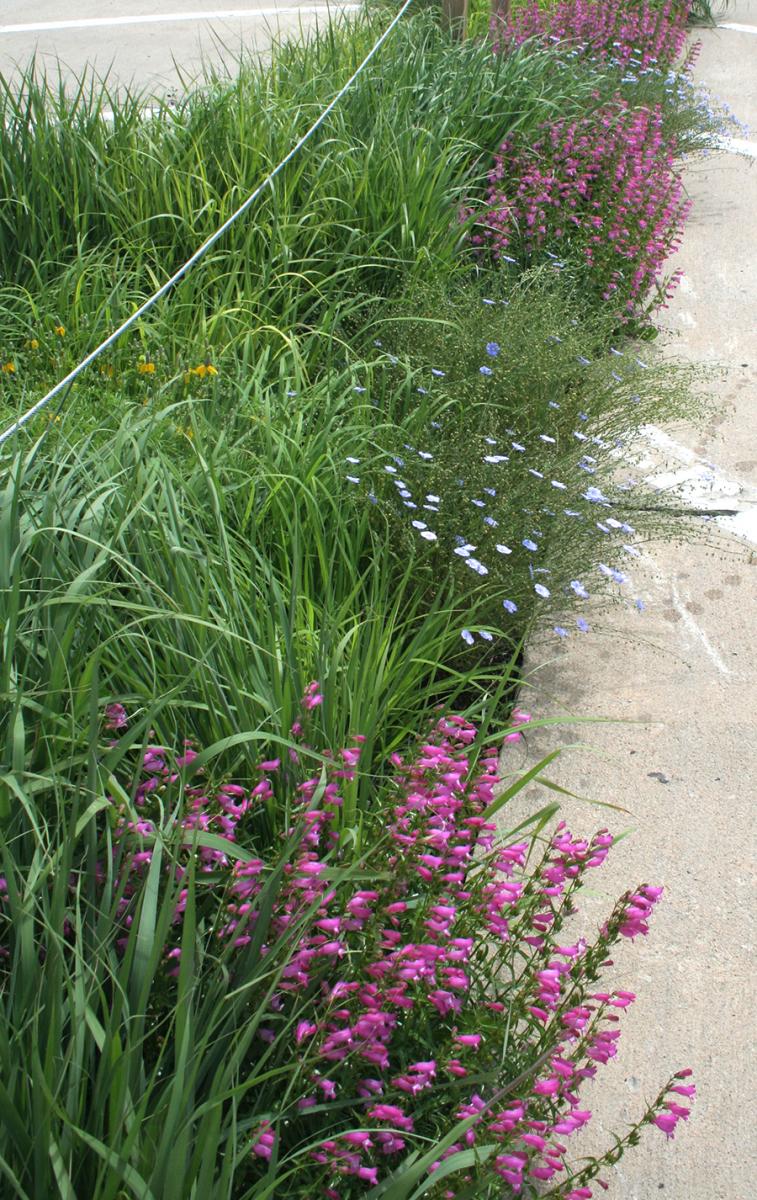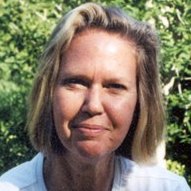What’s the biggest landscape challenge on your property? For many homeowners, it’s a curbside strip of soil surrounded by hardscape or buildings—difficult to mow, almost impossible to water without runoff, possibly shaded for part of the day and exposed to harsh sunlight other times. Often it has to withstand foot traffic, pet refuse and sand or salt remaining from winter snow removal.
 Heath aster blooms for several months in late summer. It can be cut back as needed and tolerates poor soil and drought.
Heath aster blooms for several months in late summer. It can be cut back as needed and tolerates poor soil and drought. It also needs to be accessible for water and sewer line maintenance and meet city street codes, which vary by community. In many cities, curbside plants need to be less than 30 inches high and not extend over curbs or sidewalks.
With all those constraints and demands, it can take some time and care to turn that eyesore into a thing of beauty, but it’s well worth the initial effort. With good planning, it can require less maintenance in the future and be a gift both to yourself and to neighbors and passersby.
If the soil is heavy clay, you may want to rejuvenate it with topsoil or compost. This can be difficult in a large area, but another option is to begin the process with “pocket plantings” and simply place a spadeful or two of rich soil with each new plant.
Plants for Curbside Planting
What plants are up to the challenge? Prairie plants meet many of the requirements for tough spots since they’re deep-rooted to withstand drought, heat and exposure, are adaptable to difficult soils and need very little care. Here are other plants worth trying.
For groundcovers consider:
- wild strawberry
- prairie smoke
- Ajuga
- dead nettle, Lamium
- snow-in-summer
- plumbago
- lamb’s ears
- basket-of-gold and
- perennial geranium.
For salt-tolerance, good groundcovers include:
- candytuft
- Sedum
- coral bells and
- Artemisia.
Low-maintenance grasses like blue and sideoats grama and buffalograss can be used to replace turf. For spring color, they can be interplanted with bulbs that will be showy until the grasses fill in and eventually cover the dead foliage of the short tulips, squill, tiny irises (Iris reticulata) or other bulbs planted among the grasses.
Lawn alternatives for shade or part shade include:
- sweet woodruff
- dead nettle and
- Pachysandra.
Low perennials for hot, dry areas are:
- evening primrose
- daylily
- feverfew
- yarrow
- basket-of-gold
- purple poppy mallow
- prairie phlox
- blanket flower
- Coreopsis
- pasque flower
- pussytoes
- butterfly milkweed
- curly or prairie onion and
- aromatic or heath aster.

